The BYD Sealion 6 made a splash (pun intended) when it landed on the scene in Australia earlier in 2025.
At the time, it was the most affordable plug-in hybrid mid-size SUV you could get your hands on, starting at $42,990, before on-roads.
In a reflection of how fast and competitive this space is becoming, this BYD has already been overtaken on the affordability front by the Chery Tiggo 7 Super Hybrid, which can be had for as little as $39,990 (drive-away).
Having driven both, though, which one do I think you should pick? And how does this BYD plug-in hybrid fare in the real world? All questions will be answered if you read on.
Is the BYD Sealion 6 Essential good value?
Yes. The Sealion 6 is incredible value. It would be good value if it was a combustion SUV, let alone the fact it packs an 18.3kWh battery pack good for nearly 100km of electric driving range as a plug-in hybrid.
While it might have been beaten on the price front by the Tiggo 7, it still compares well to the rest of the competition, priced much lower than the outgoing Mitsubishi Outlander PHEV (from $57,290) and even the incoming MG HS PHEV (from $52,990), not to mention the ever-popular Toyota RAV4, which in its current plugless hybrid form can be had at price that's only slightly cheaper, at $42,260.
In our base Sealion 6 Essential is a lot of stuff usually reserved for much more expensive grades of rival vehicles. For example, even the base car gets synthetic leather interior trim and six-way power seat adjustment for the driver, as well as a 12.8-inch multimedia touchscreen and 12.3-inch digital dash.
Even the panoramic glass roof and 360-degree parking camera are standard, leaving only items like heated and ventilated front seats, a power tailgate, premium audio and a larger 15.6-inch multimedia screen on the included features list for the two higher grades.
There’s no visual distinction on the outside between grades, either, all variants rolling on the same 19-inch alloys shod with (pretty ordinary) GitiComfort tyres.
What's the cabin like?
The cabin feel sits way above this BYD’s price point, with big seats clad in relatively lavish synthetic leather trim. The overall design of the Sealion 6’s interior is much more Euro-flavoured and less extreme than the smaller Atto 3, which I think gives it a much wider appeal and goes nicely with what I consider to be a pretty tastefully executed exterior design.
Regardless, the Sealion 6 feels comfortable and spacious on the inside, with large pockets in each door for storage, two large bottle holders in the centre console, two phone-sized trays up front (although neither in this grade is a wireless phone charger), a large storage area below the 'bridge' and a pretty standard armrest console box. Visibility is pretty good out front, although the rear window is mounted high and is relatively small. Good thing a 360-degree parking camera view is standard.
The rear seat is plenty spacious for me behind my own driving position at 182cm tall, there’s a flat floor making the centre position useful for adults and all the plush trims continue. There are pockets on each back seat, vents, and USB ports, too. Thanks to extensive dark trims, though, the back seat feels a bit claustrophobic despite the amount of room on offer if the sunroof shade is drawn.
The boot is far from the largest in the class, with this BYD preferencing second-row space over boot capacity. At 425 litres it was only able to just fit our three-piece CarsGuide luggage set.
There’s some underfloor storage available, where you can keep things like a charging cable and V2L adapter although there’s also no spare wheel, just a repair kit.
How does it drive?
The Sealion 6 immediately feels smooth, quiet and comfortable, although the more time I spent with it, the more I felt as though it’s my least favourite of the current BYD line-up to drive.
While the cabin ambiance and level of comfort are particularly nice at this price point, the steering is very light and overly-electrically assisted, removing you from the road.
In addition, the ride, while comfortable, is too soft and floaty for meaningful driver engagement in the corners. It also feels a bit disconnected over bumps, leaving a question mark over how much traction is available to you, something not helped by the GitiComfort tyres which have a tendency to chirp under moderate pressure, as in they're not super grippy and feel a bit harsh.
.jpg)
I think city dwelling and comfort-oriented families will love the Sealion 6’s spongy ride, but there are many better balanced mid-size SUVs to pick from for those who want a little more.
The Sealion 6 is at least a tad sharper and better balanced than the Chery Tiggo 7 or Tiggo 8, so you can certainly do worse, and I much prefer the relatively tame safety suite in the Sealion 6 to many of its relatively overbearing Chinese contemporaries.
The base hybrid drivetrain is similar on paper to the Shark 6’s largely range-extender set-up, although it drives the front wheels more directly via a hybrid transaxle.
.jpg)
As a result, the engine is slightly more linked to the speed you’re going, although the whole system is, in effect, continuously variable. It’s smooth, quiet, and feels mostly like you’re just driving an EV around. This kind of system makes the occasionally noisy Toyota hybrid synergy system feel a tad dated, with the Sealion 6 being much more electric-first to drive.
While it’s smooth in EV mode, it also doesn’t feel as far down the electric track as some rivals, with no single pedal driving and only mild regenerative braking.
What is the real-world driving range and fuel consumption?
I picked up the Sealion 6 with around 99 per cent charge on the dash and drove it in dedicated EV mode until the engine was forced to turn on, which happens at around 25 per cent. My car hit this point when I had travelled almost exactly 85km. That’s close to the 92km claim and excellent at this price.
Because the trip computer is slightly odd (only showing the total for the life of the odometer or the last 50km - please fix this BYD…) and I drove it in a lot of mixed conditions with and without the battery, it’s hard to give you a solid figure on how much fuel you can expect to consume, but my final 50km with the car which involved about half combustion driving and half on a charge produced what I consider to be a pretty fair figure of 4.1L/100km which the car provides based on a mix of 11.4kWh of electricity consumption and 0.8L/100km of fuel consumption.
.jpg)
The (again, confusingly calculated) official number is 4.7L/100km with the battery at reserve level, or 1.1L/100km with it charged up. Ultimately, it’s a PHEV, so your mileage will vary depending on how long you travel as well as how and where you charge it.
The Sealion 6 can charge on an AC slow charger at up to 6.6kW, or on a DC fast charger at up to 18kW. I plugged my car into a DC charger, on which it immediately jumped to 16.1kW and stayed there for 40 minutes, netting me a 25-80 per cent charge.
BYD Sealion 6 2026: Essential
| Engine Type | Inline 4, 1.5L |
|---|---|
| Fuel Type | |
| Fuel Efficiency | 1.1L/100km (combined) |
| Seating | 5 |
| Price From | $42,990 |
| Safety Rating |
|
Verdict
The Sealion 6 is an excellent value option for someone looking for a first PHEV, with a solid real-world electric-only driving range. Although it might be my least favourite BYD to drive so far, it’s better than its direct Chinese rivals and also plush and comfortable, so it’s easy to see why it’s helping the brand steal sales away from the traditional crop of combustion and hybrid family SUVs.





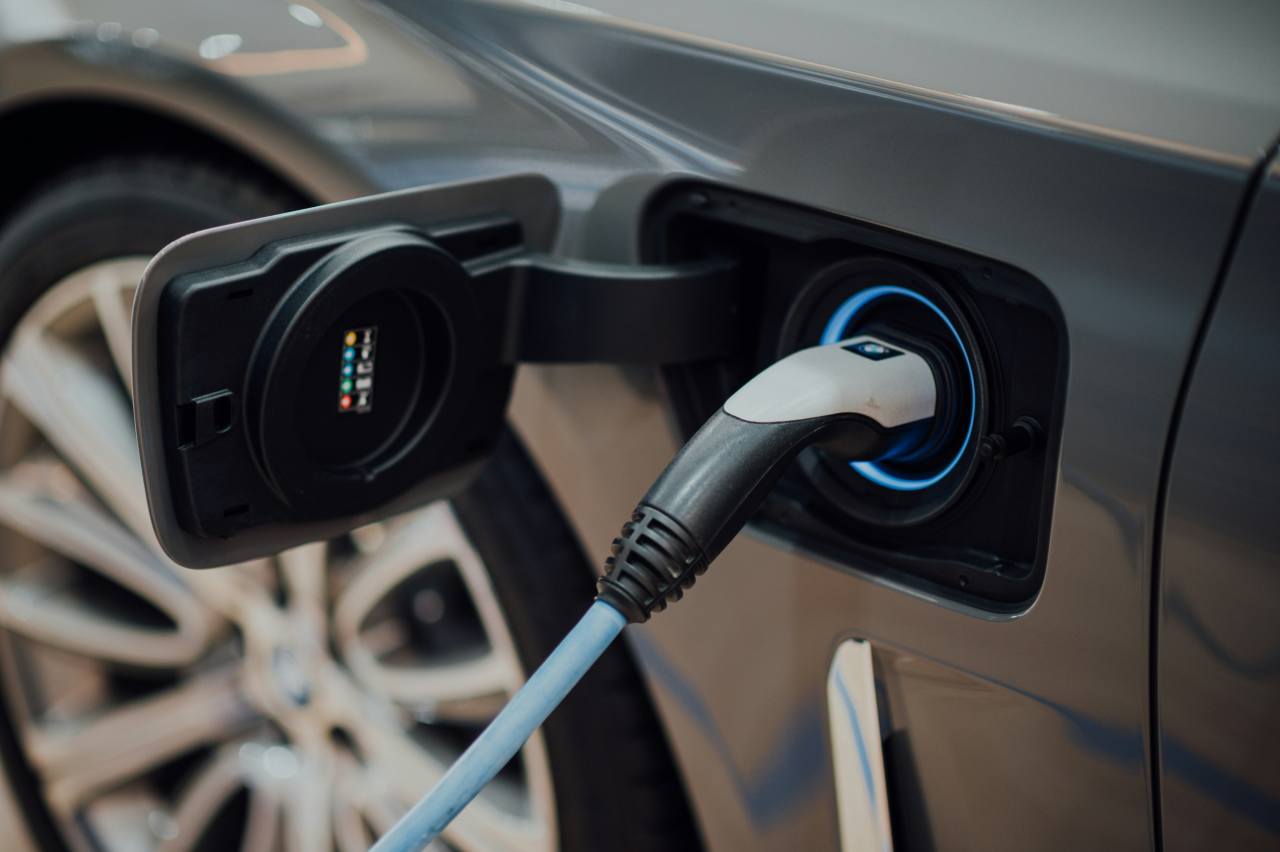
.jpg)

.jpg)
.jpg)
.jpg)
.jpg)
.jpg)
.jpg)
.jpg)
.jpg)
.jpg)
.jpg)
.jpg)
.jpg)
.jpg)
.jpg)
.jpg)
.jpg)
.jpg)
.jpg)
.jpg)
.jpg)
.jpg)
.jpg)
.jpg)
.jpg)
.jpg)
.jpg)
.jpg)
.jpg)
.jpg)
.jpg)
.jpg)
.jpg)
.jpg)

.jpg)
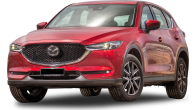





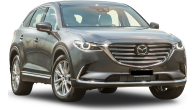
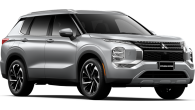



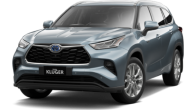



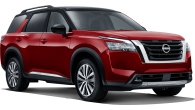

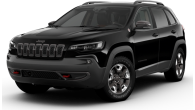





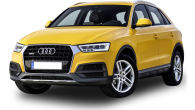
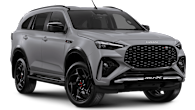



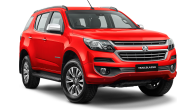


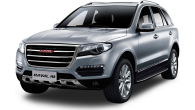



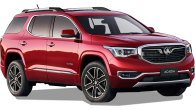
.png)

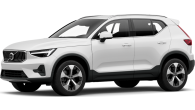


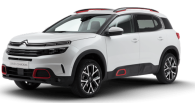

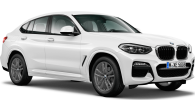

.png)


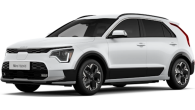
.jpg)





